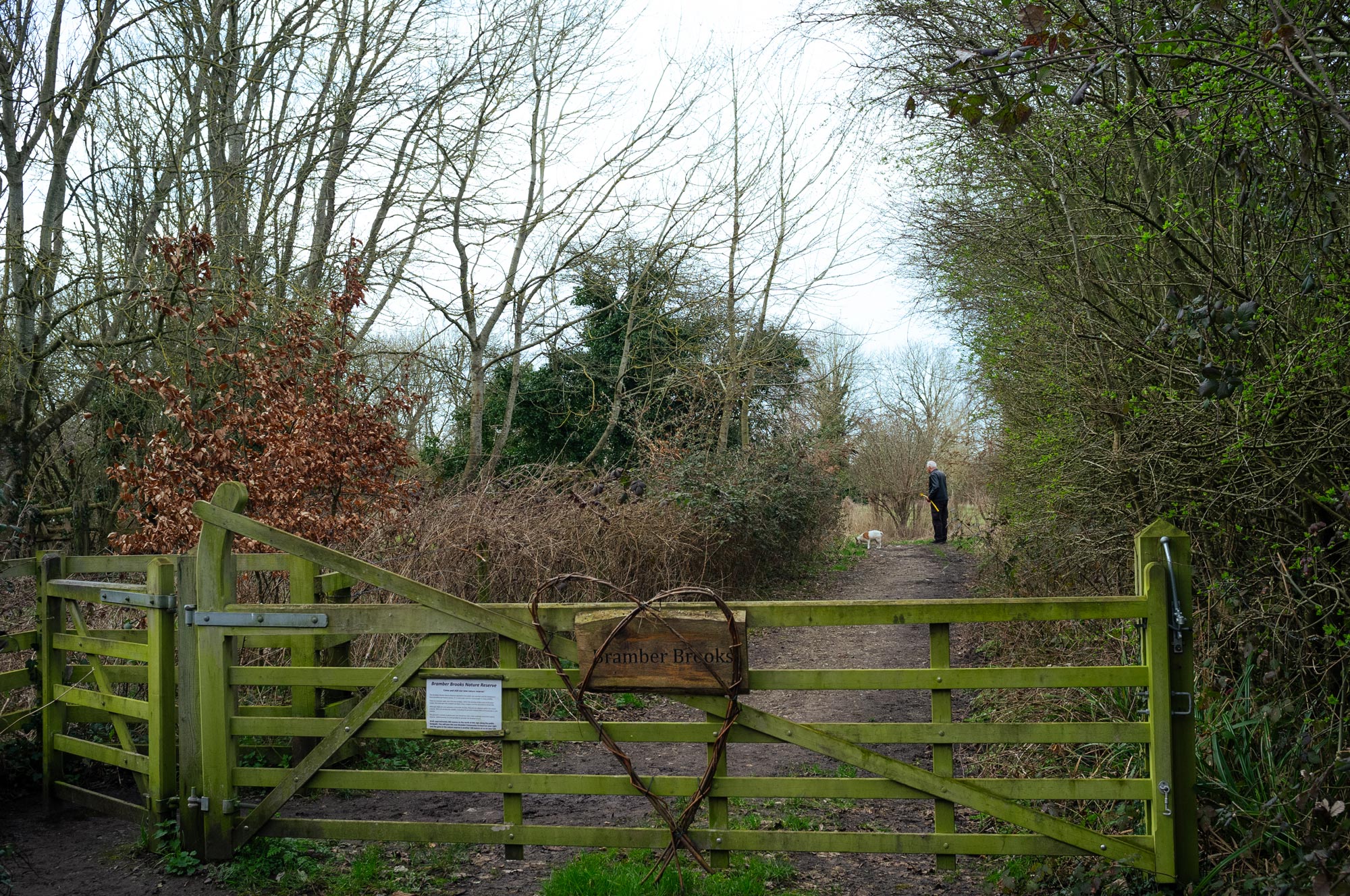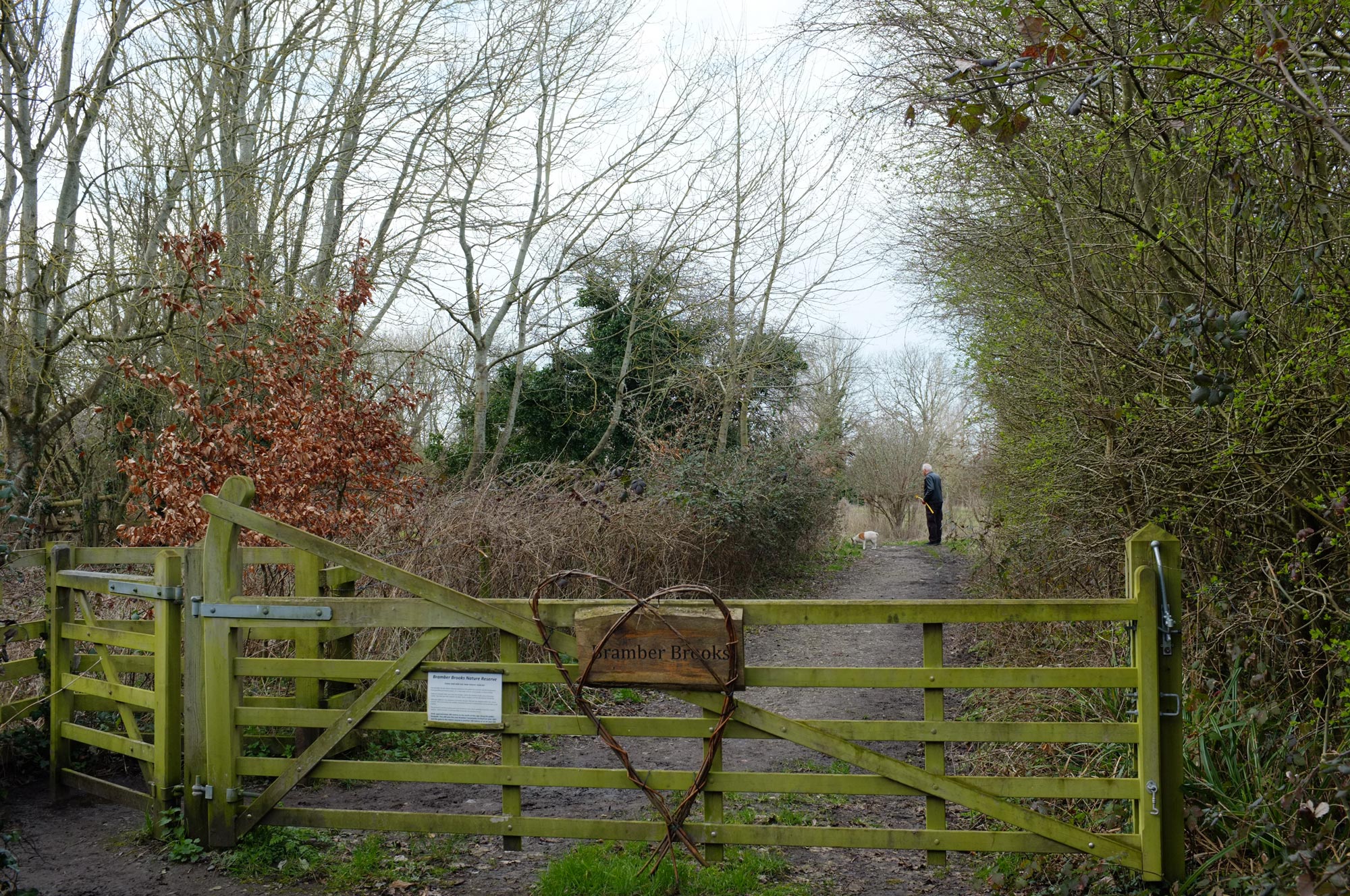
Review: Fujifilm X100 APS-C Compact Camera
Published October 24, 2025 by MPB
Welcome to our Fujifilm X100 review. Wondering why you’re getting a review so long after the camera was released in 2011? There’s a reason for that. The X100 series only continues to grow in popularity, and the Fujifilm X100 was the gem of a camera that kicked it all off.
First launched at the start of the 2010s as the ‘FinePix X100’, it started what’s now the much-loved X100 series. Fast-forward to the 2020s, and TikTok has sent the series trending again—in particular, the Fujifilm X100V—with its vintage styling and party-perfect flash photos. And honestly? We get it. X100-series cameras just look cool, and the photos look even cooler. See?
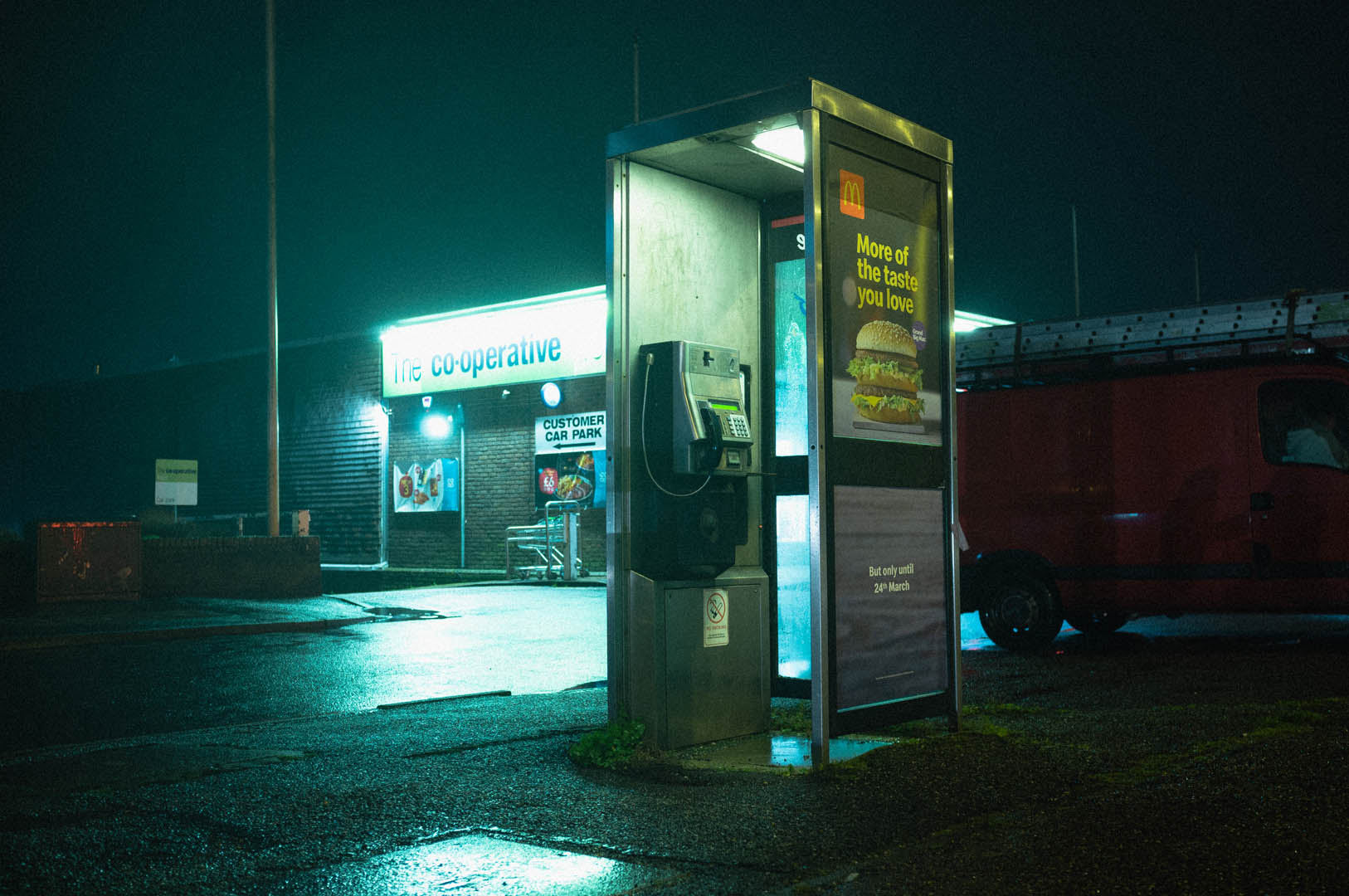
Jakub Golis | Fujifilm X100 | 23mm | f/2.8 | 3.5s | ISO 200
MPB's Laura Milner reviews the Fujifilm X100, and covers full specs, sample photography and how it performs today, with additional photography by Jakub Golis.
Fujifilm X100 Specs
Body type | Compact |
Sensor | APS-C |
Lens | 23mm f/2 |
Full-frame equiv. | 35mm |
Megapixels | 12.3 |
ISO | 200–6400 |
Max shutter | 1/4000s |
Flash | Built-in |
Viewfinder | Hybrid optical/electronic |
Max video | 720, 24 |
Storage type | SD |
Weight, g | 445 |
Battery | Fujifilm NP-95 |
Battery, shots | ~300 |
Dimensions, mm | 126x74x54 |
Pros
Compact size, high-quality image
Customizable
Comfortable handling
Aesthetically pleasing
Built-in neutral-density filter
Cons
Slow autofocus and menus
Not for video
Not fully weather-sealed out of the box
Limited film simulations

Used Fujifilm Finepix X100
Design and Build
There’s a strong sense of continuity across all Fujifilm cameras. As you move through each series, everything feels familiar and intuitive. You don’t have to think too hard. It’s reliable, and your muscle memory kicks in.
The Fujifilm X100 is built to last, and it’s fun to shoot with. It feels good: compact and sturdy, with nicely rounded edges that fit comfortably in your hand. It looks good (like a film camera) without trying too hard, and it’s customizable. If you want to enhance the feel or tweak the look of the camera, you can screw in an additional shutter button or swap out the hot shoe cover for an engraved one.
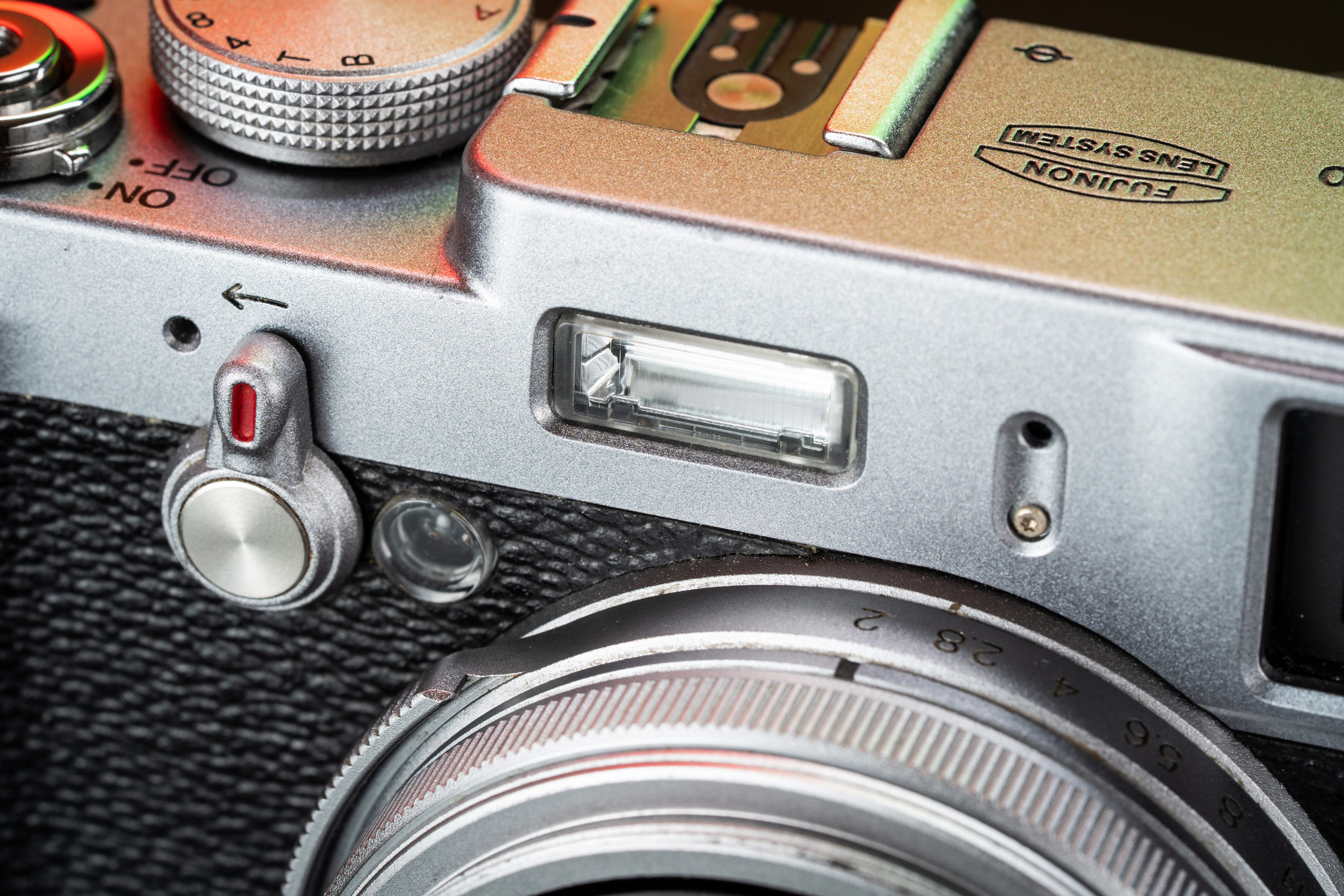
The X100 has a built-in flash, which is perfect for stylish, aesthetic shots, especially portraits in that y2k photo style. You can shoot JPEG and use your photos straight away without any hassle.
Fixed 23mm f/2 Lens
The built-in lens is what gives the Fujifilm X100 its magic.
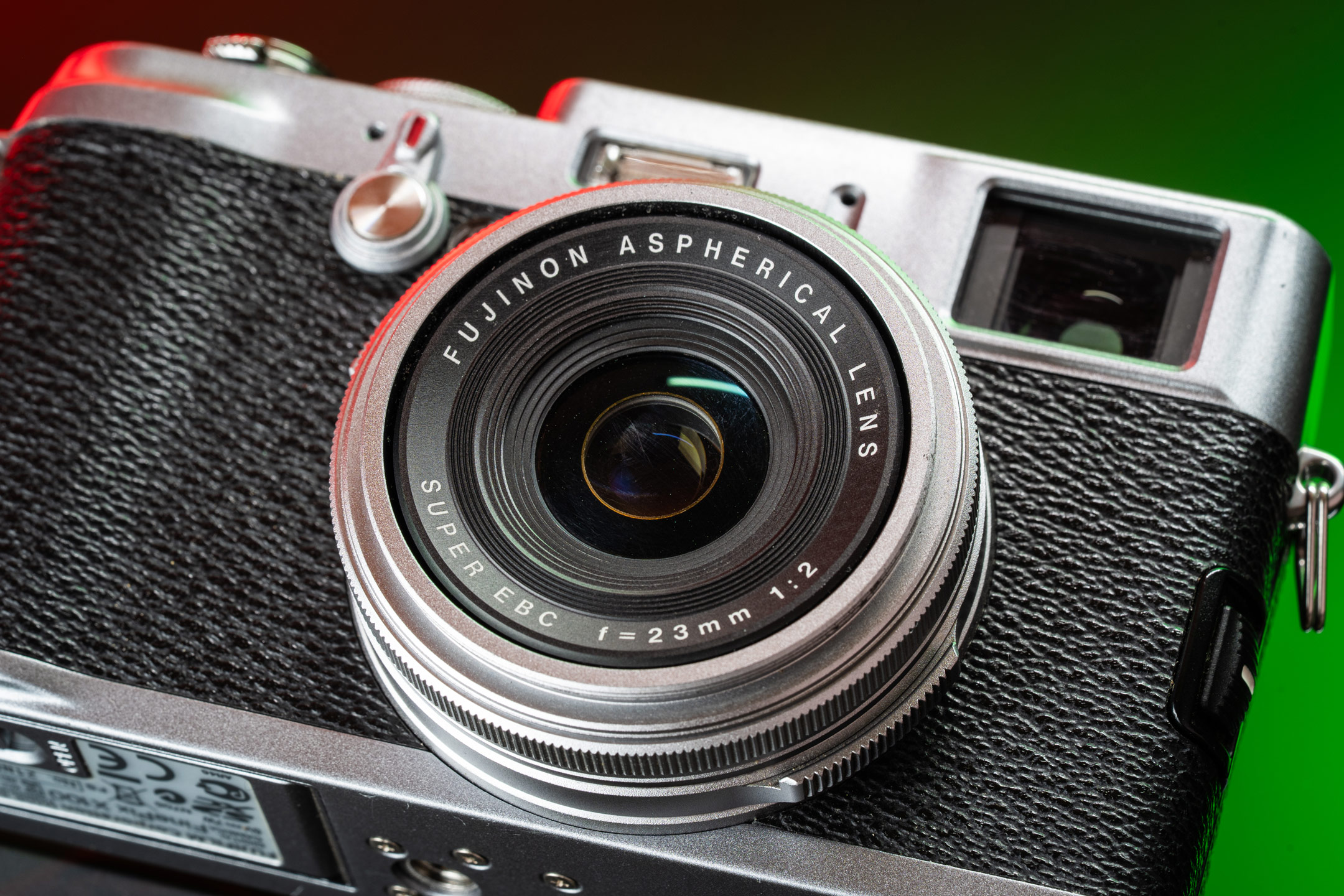
The 23mm focal length (on the X100’s APS-C sensor) is broadly equivalent to a 35mm lens on a full-frame camera. And it’s a great all-rounder. It’s sharp, compact, handles low light pretty well, and creates nice out-of-focus backgrounds. Just know it can be a bit soft when wide open at f/2.
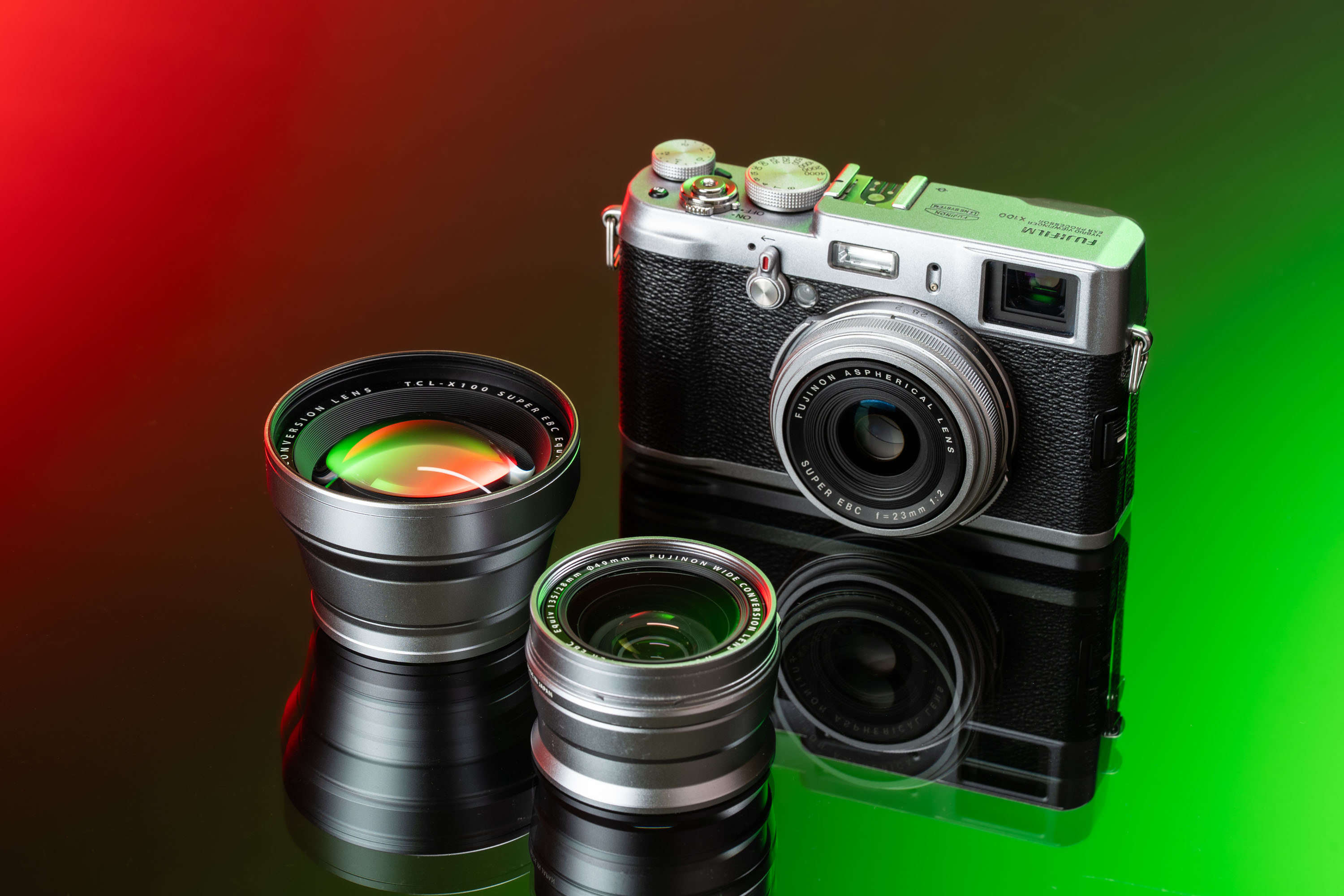
Tip: If you do want to mix things up, you can add Fujifilm conversion lenses — like the Fujifilm WCL-X100 II or Fujifilm TCL-X100 II — to give you a wider or tighter field of view.
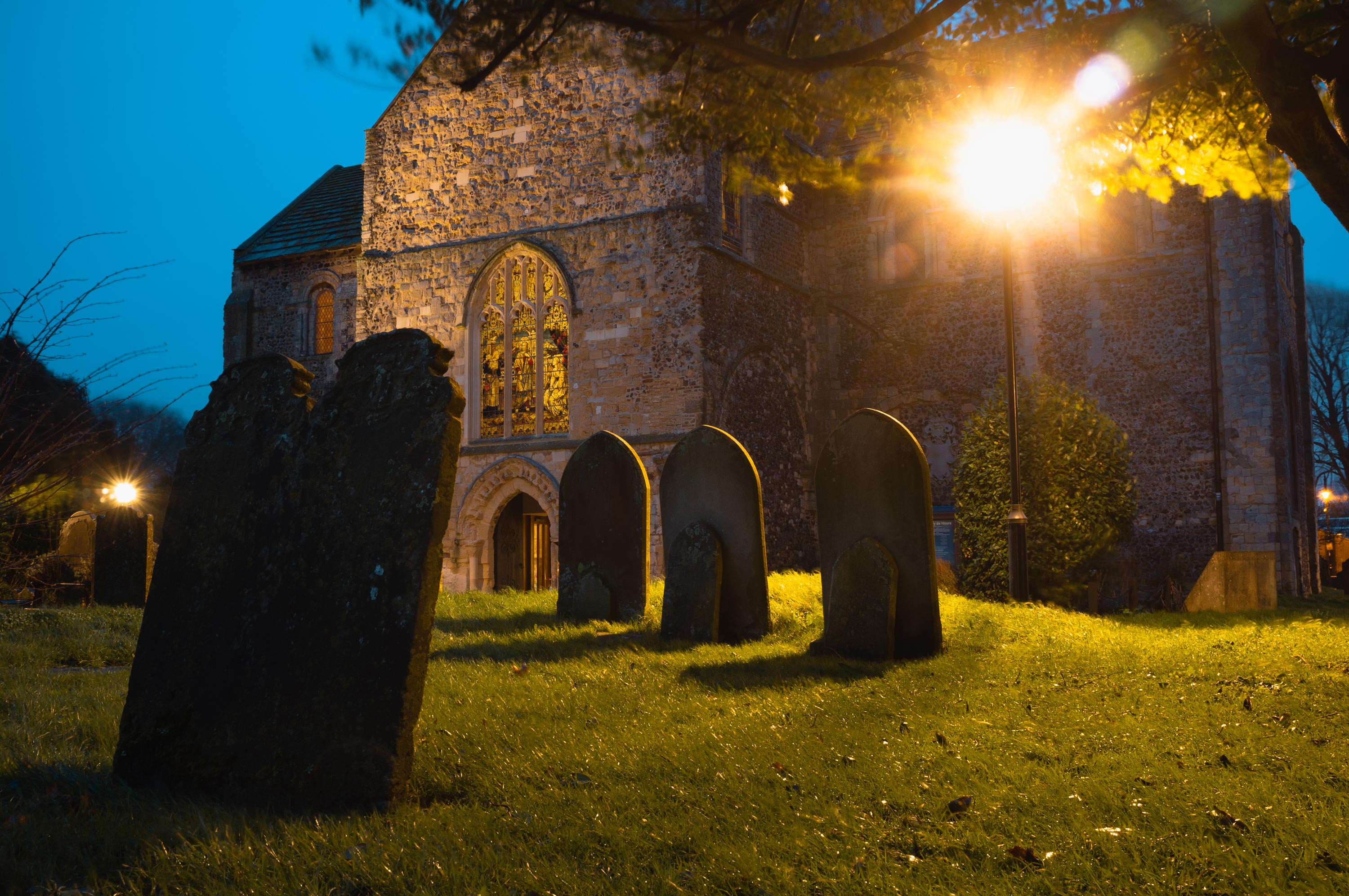
Jakub Golis | Fujifilm X100 | 23mm | f/11 | 1/17 | ISO 200
Performance
Hybrid viewfinder
Something that made the original X100 stand out was its hybrid viewfinder — the first of its kind. That might not seem like a big deal now, but at the time it felt genuinely futuristic. You could switch between a traditional optical viewfinder and an electronic viewfinder, which gave you the best of both worlds while shooting. It’s one of those features that feels very Fujifilm: thoughtful, useful, and a big part of why people love shooting with this series.
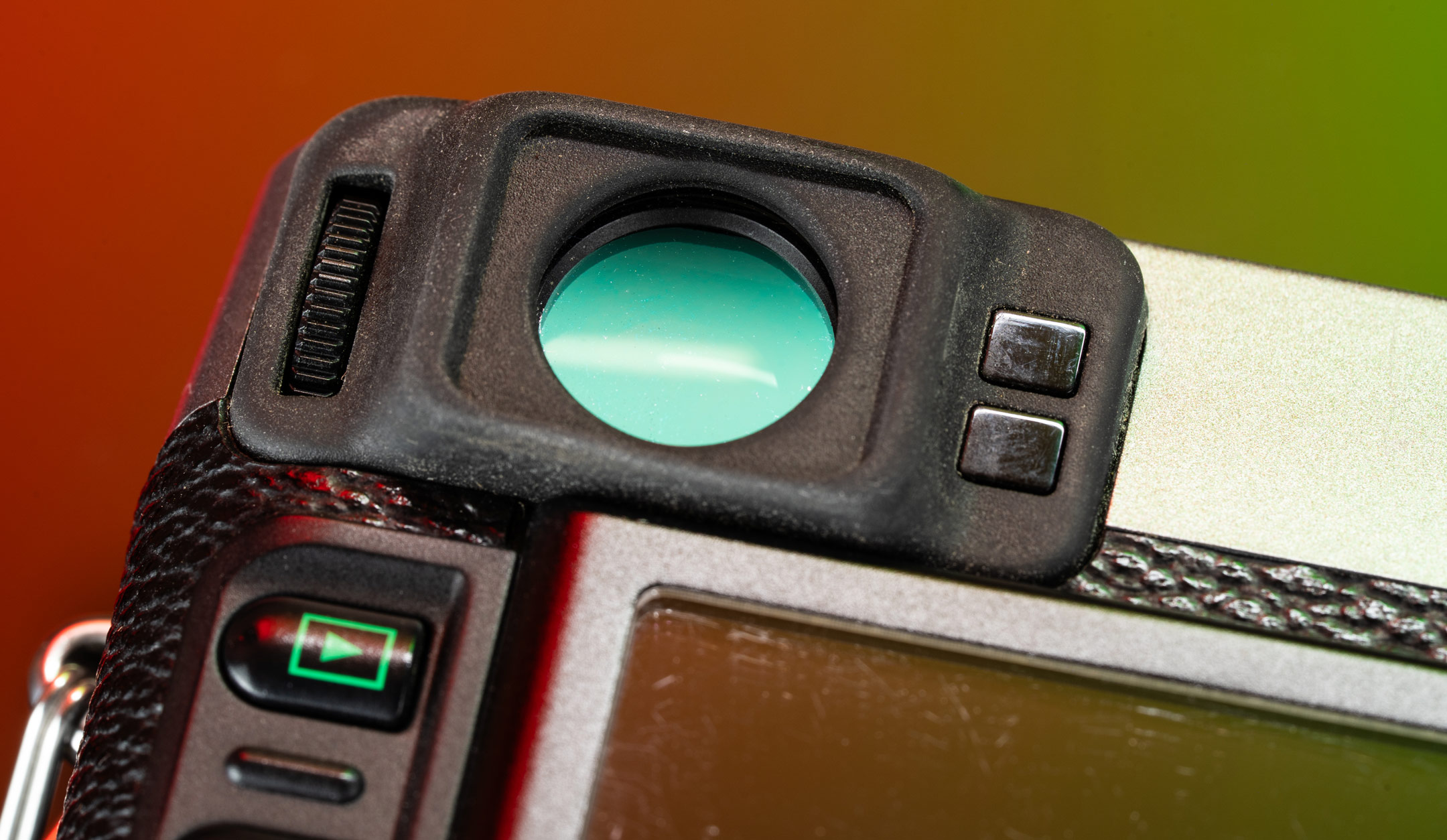
Autofocus and Manual Focus
Autofocus is not the Fujifilm X100’s strong suit. It's usable but not quick. Stick to a single-point focus for the best results. Manual focus is there, but it’s not particularly easy to use.
Camera Speed Issues
Things on the X100 can lag a little, especially when flicking through menus or images quickly. If you're having trouble, try a firmware update — the latest was Ver 2.11, released in 2015.
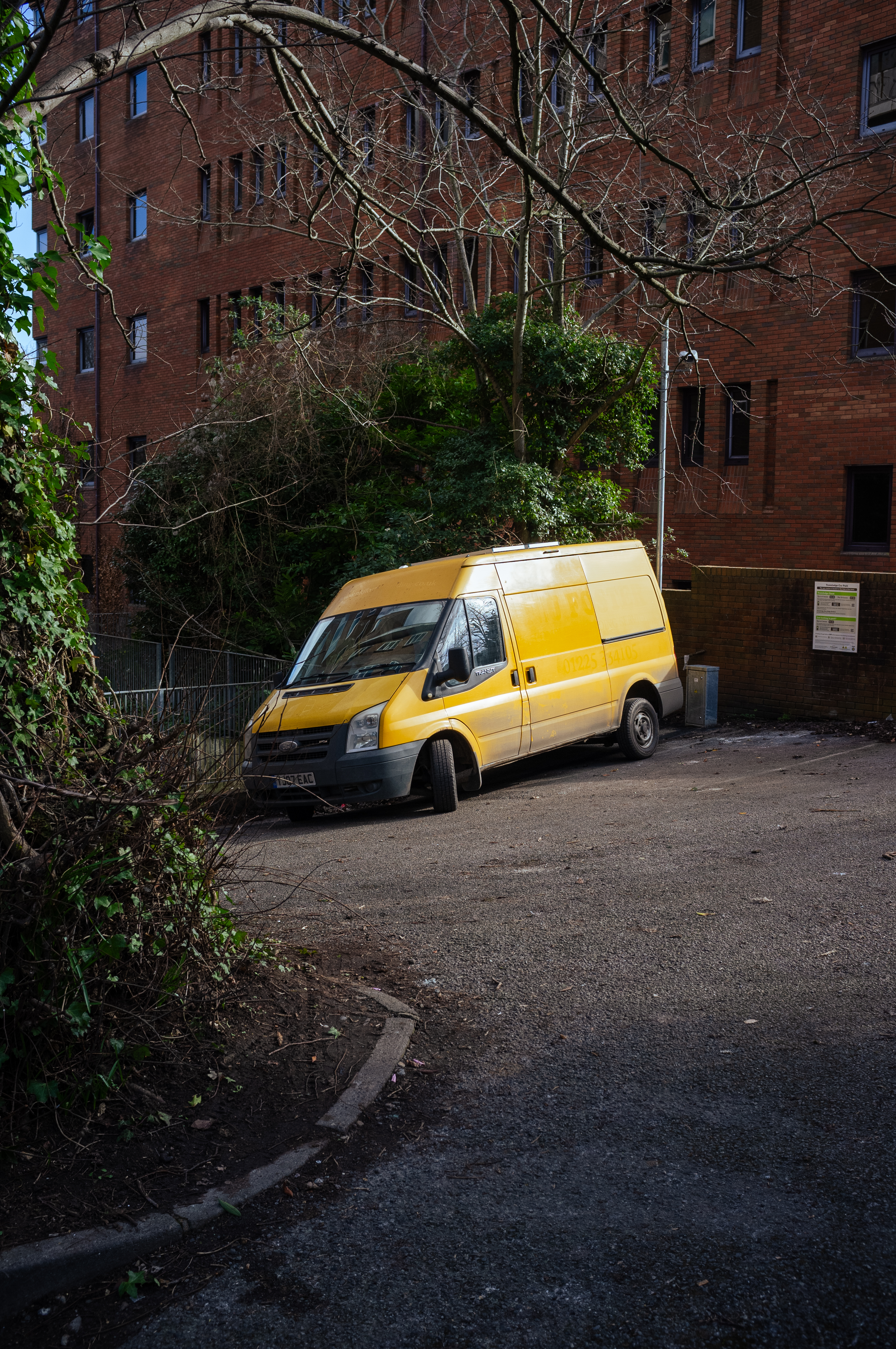
Jakub Golis | Fujifilm X100 | 23mm | f/5.6 | 1/1280 | ISO 400
Battery Life
Battery life is okay. Not noteworthy, but not terrible either. Expect around 300 shots on a single charge, and bring an extra battery for the Fujifilm X100 if you’re out for the day. Charging doesn’t take too long, and there are basic energy-saving modes you can switch on.
Image Quality
This is where the X100 really shines. If you're reading this Fujifilm X100 review, hoping the image quality lives up to the hype, it does. Fujifilm’s color science — basically how the camera handles tones and color straight out of the camera — is consistently impressive, and the images straight out of the camera look film-like and rich. In fact, the X100 is one of our top cameras for film-like photography.
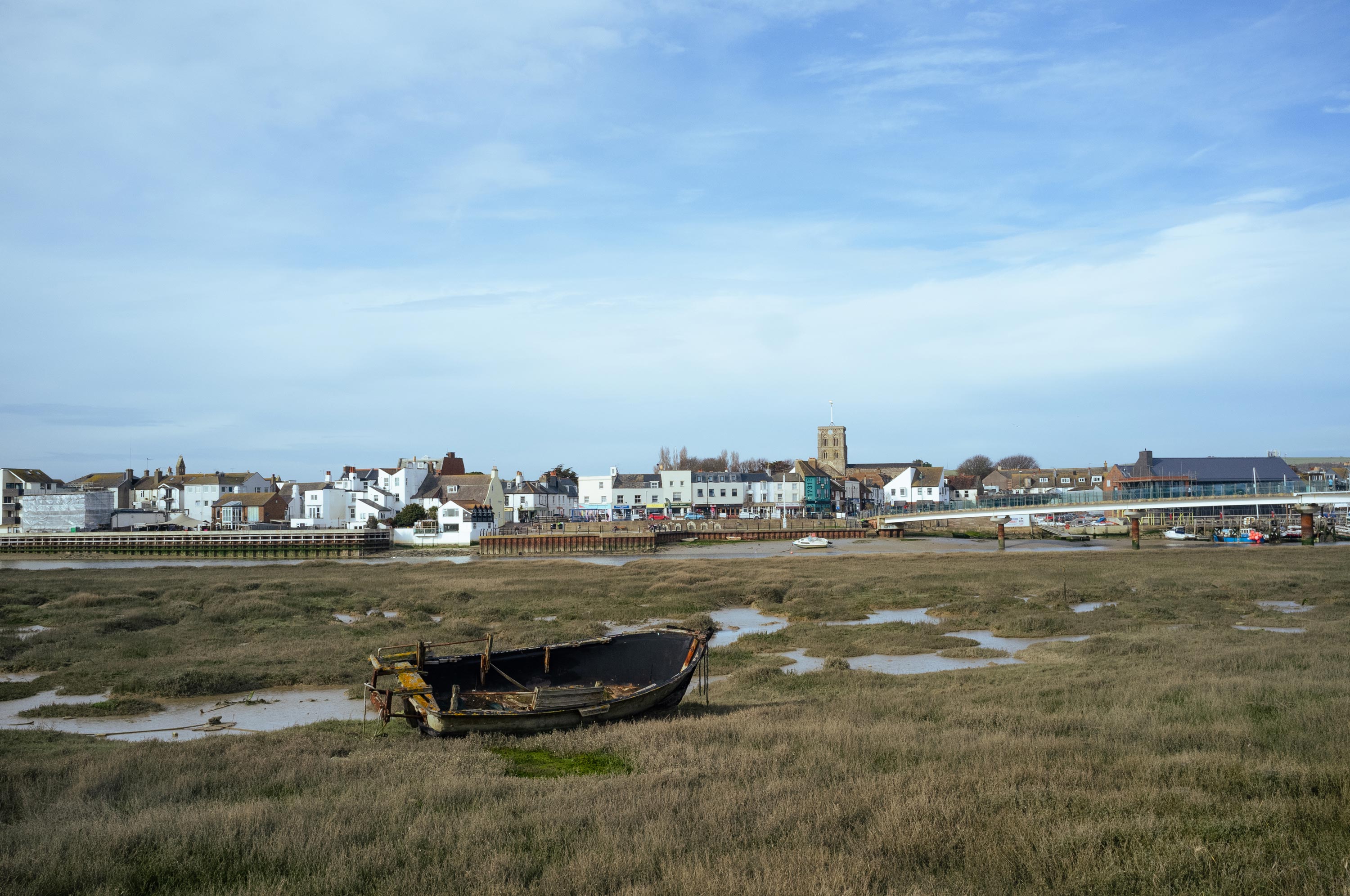
Jakub Golis | Fujifilm X100 | 23mm | f/11 | 1/340 | ISO 400
It includes eight film simulation modes: Provia (standard), Astia (soft), Velvia (vivid), Sepia, and four black-and-white options with red, green, yellow, and no filter. Each one gives your photos a slightly different mood or tone, letting you play around with looks straight out of the camera.
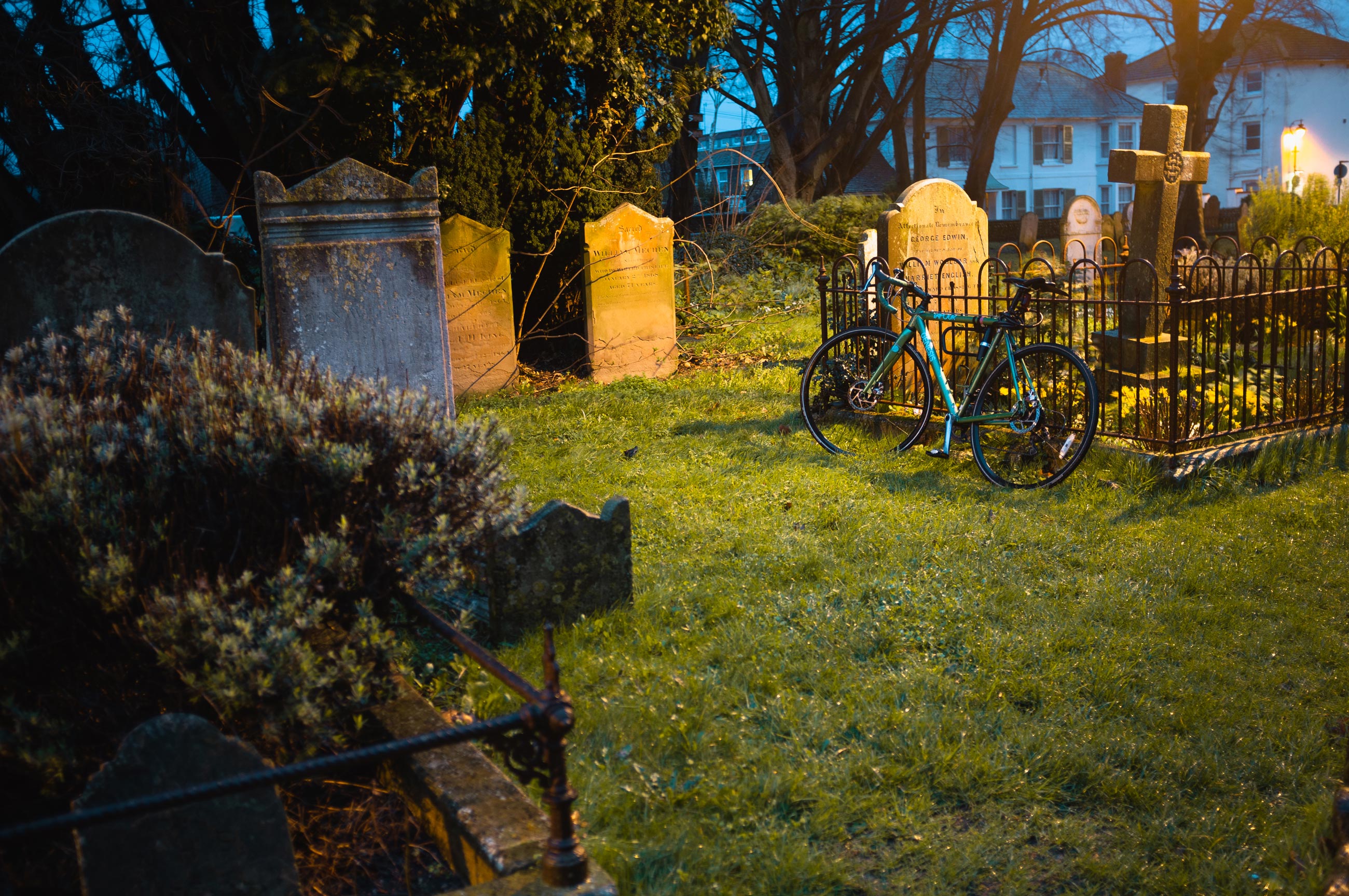
Jakub Golis | Fujifilm X100 | 23mm | f/2.0 | 4/5 | ISO 200
Left: Jakub Golis | Fujifilm X100 | 23mm | f/5.6 | 1/2000 | ISO 400 Right: Jakub Golis | Fujifilm X100 | 23mm | f/5.6 | 1/2000 | ISO 40
You don’t get as many simulations as with newer Fujifilm cameras, but what’s there still delivers that signature Fujifilm look. Even JPEGs come out looking polished without any editing, but they do also respond well to a light edit (as you can see above). Want to explore film simulations further? Try Fujifilm recipes.
Fujifilm X100 Sample Images
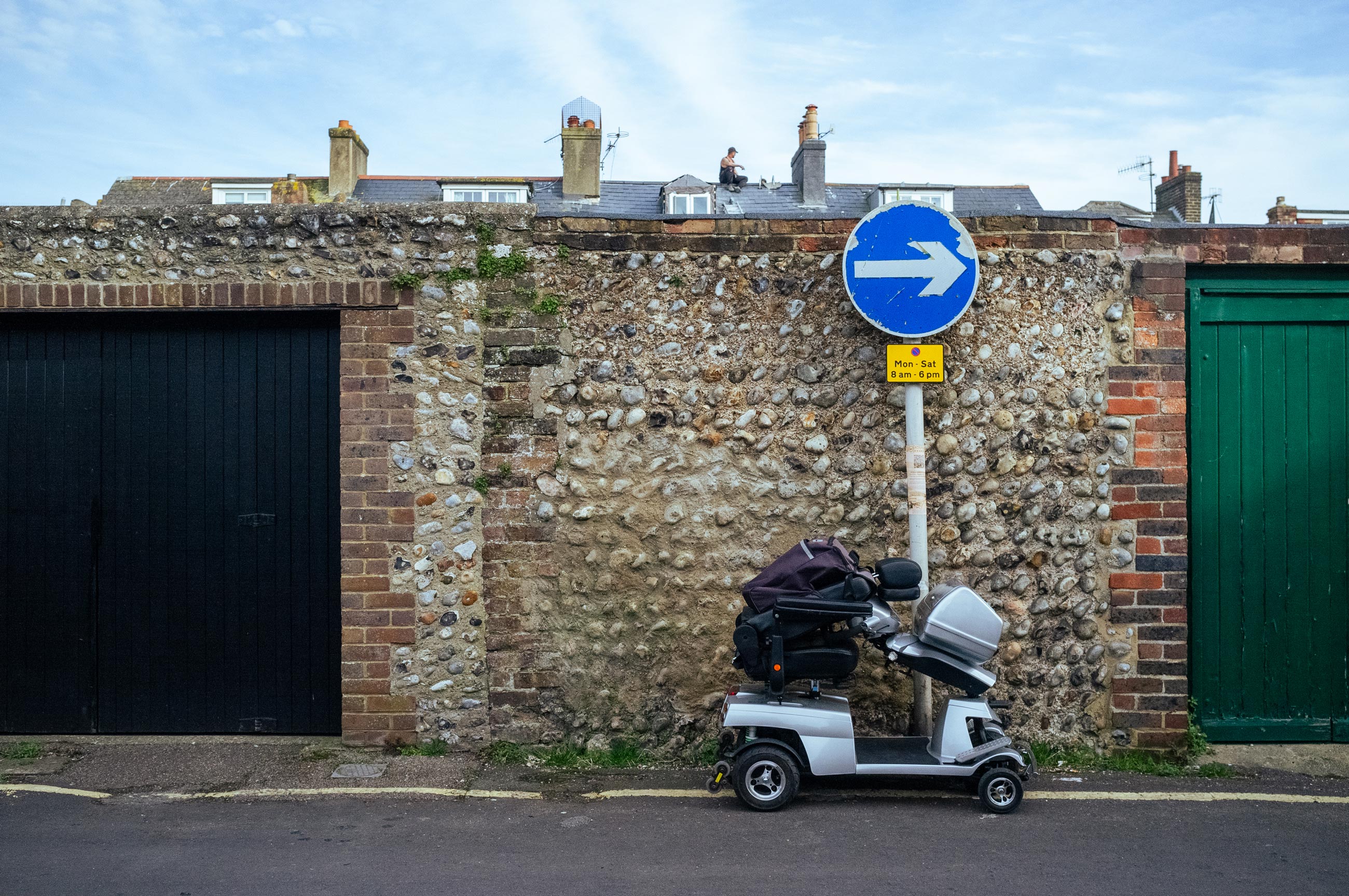
Jakub Golis | Fujifilm X100 | 23mm | f/5.6 | 1/1600 | ISO 800
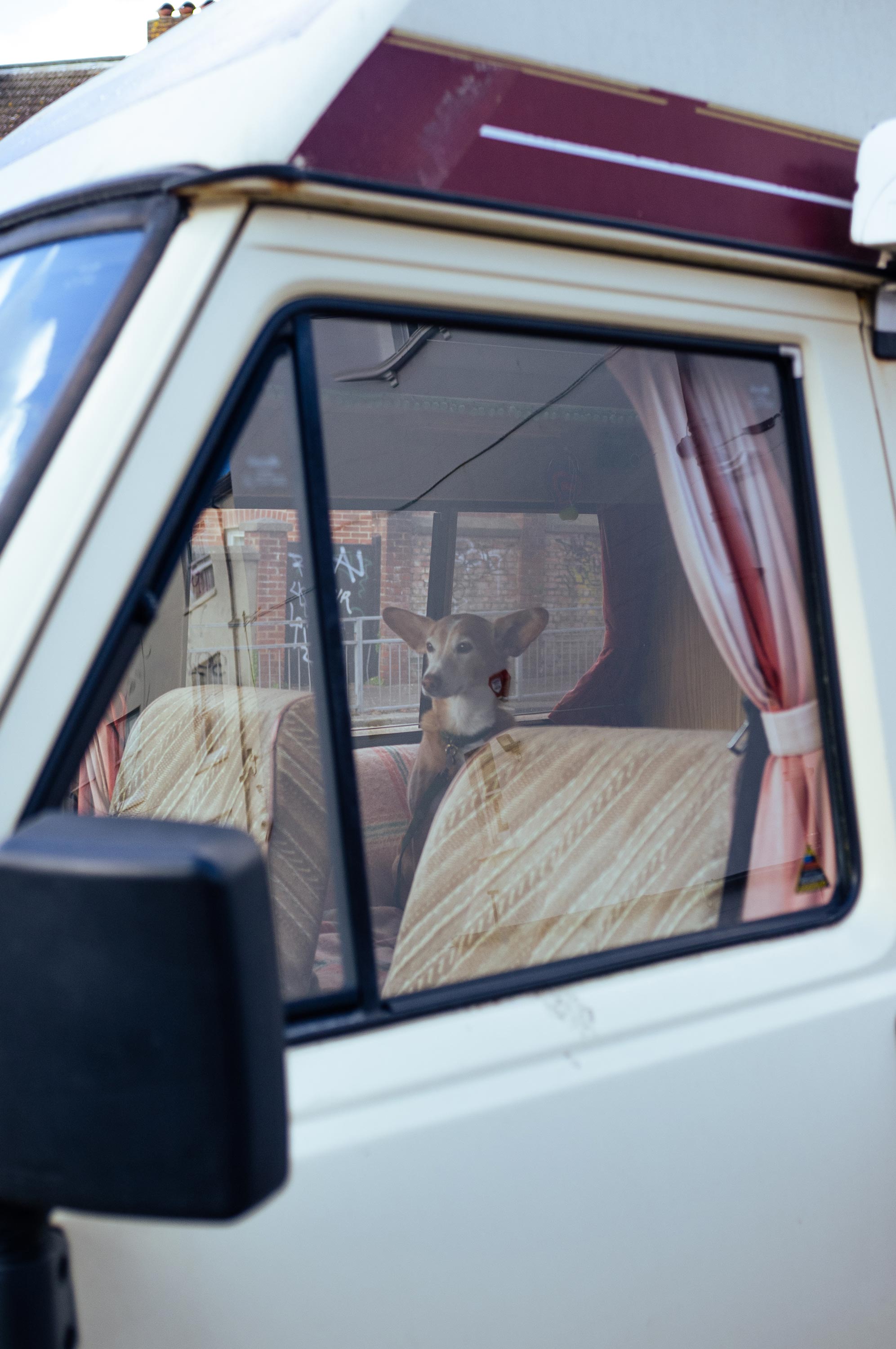
Jakub Golis | Fujifilm X100 | 23mm | f/2.8 | 1/750 | ISO 200
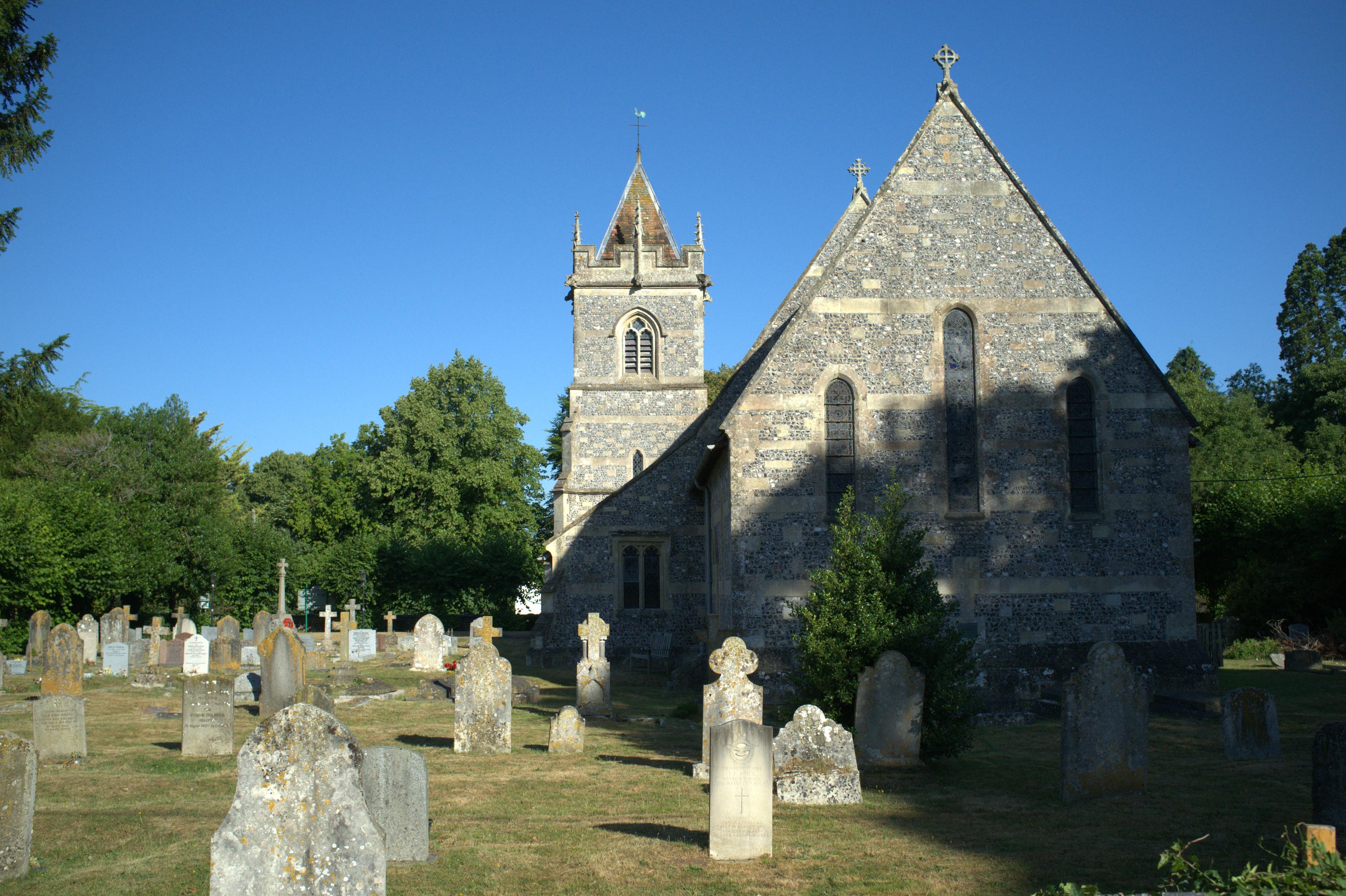
Laura Milner | Fujifilm X100 | 23mm | f/5.6 | 1/2000 | ISO 200
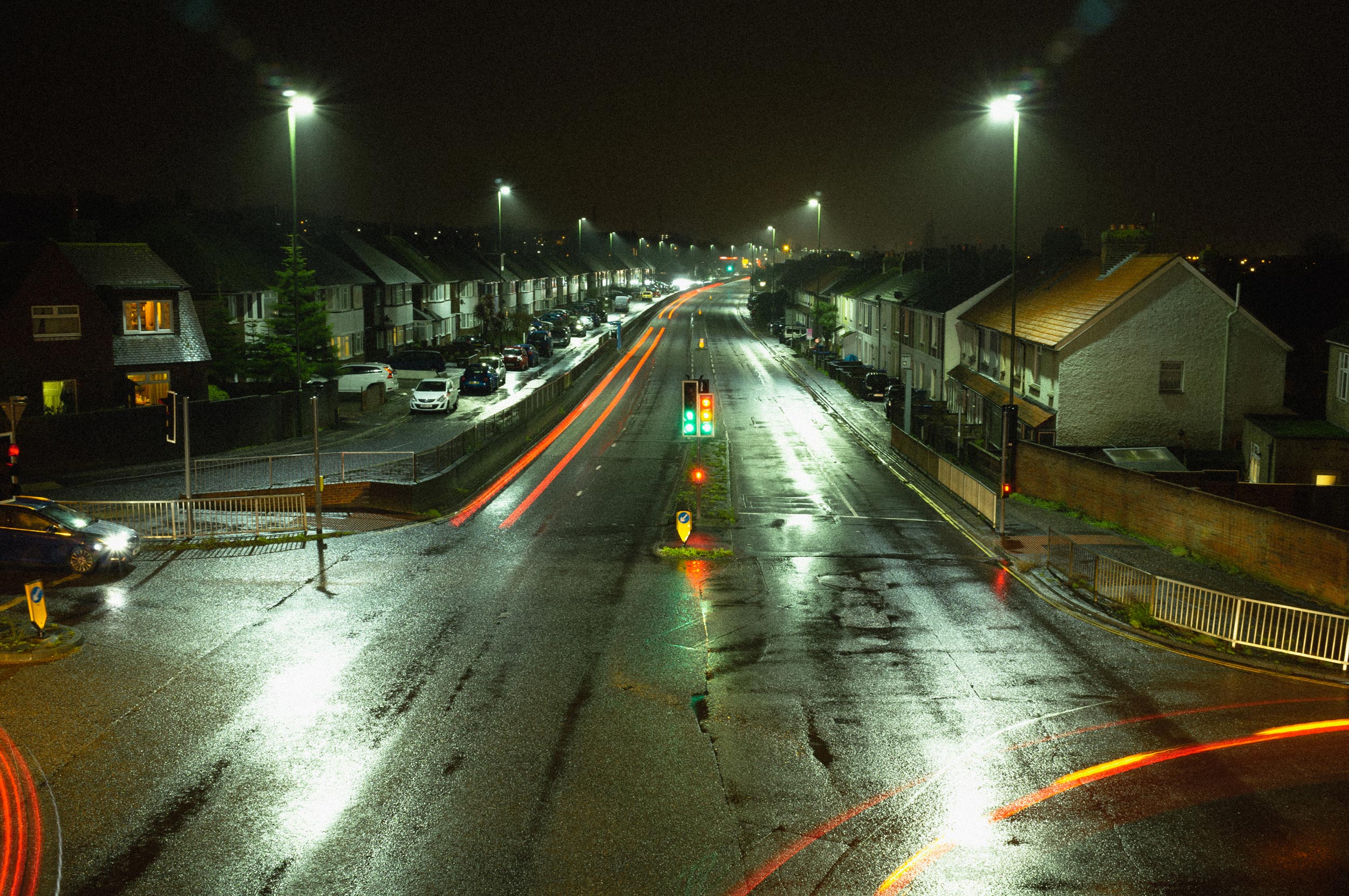
Jakub Golis | Fujifilm X100 | 23mm | f/11 | 7.5 sec | ISO 200
Verdict: Is the Fujifilm X100 still a good camera today?
In this Fujifilm X100 review, we've seen how it holds its own even after so many years. And the answer is: Absolutely, if you're happy with a few quirks.
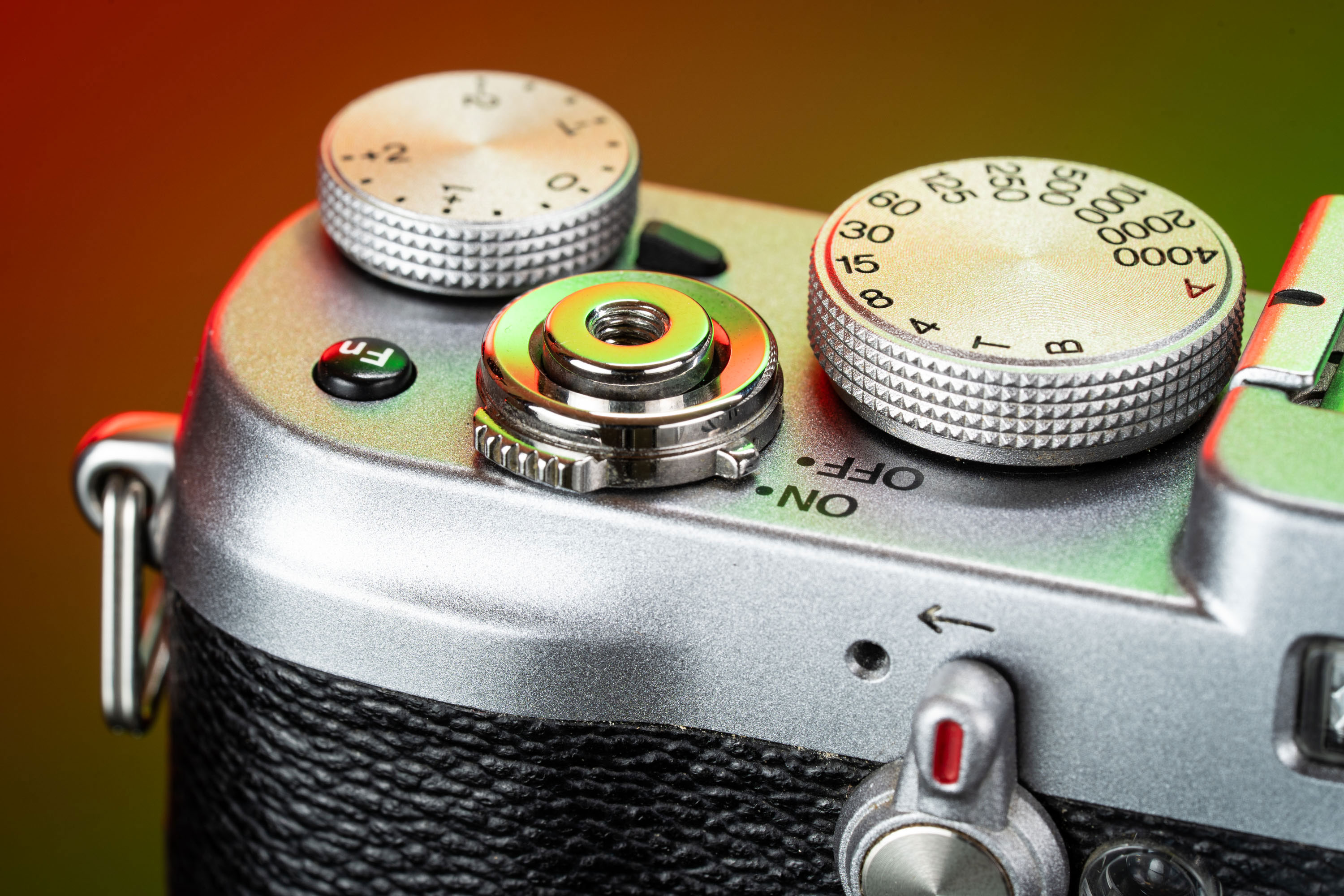
What makes the X100 stand out isn’t fancy specs or flashy updates; it’s the way it feels in your hands. There’s something about picking it up that just makes you want to head out and start shooting. It’s stylish, compact, dependable and fun.
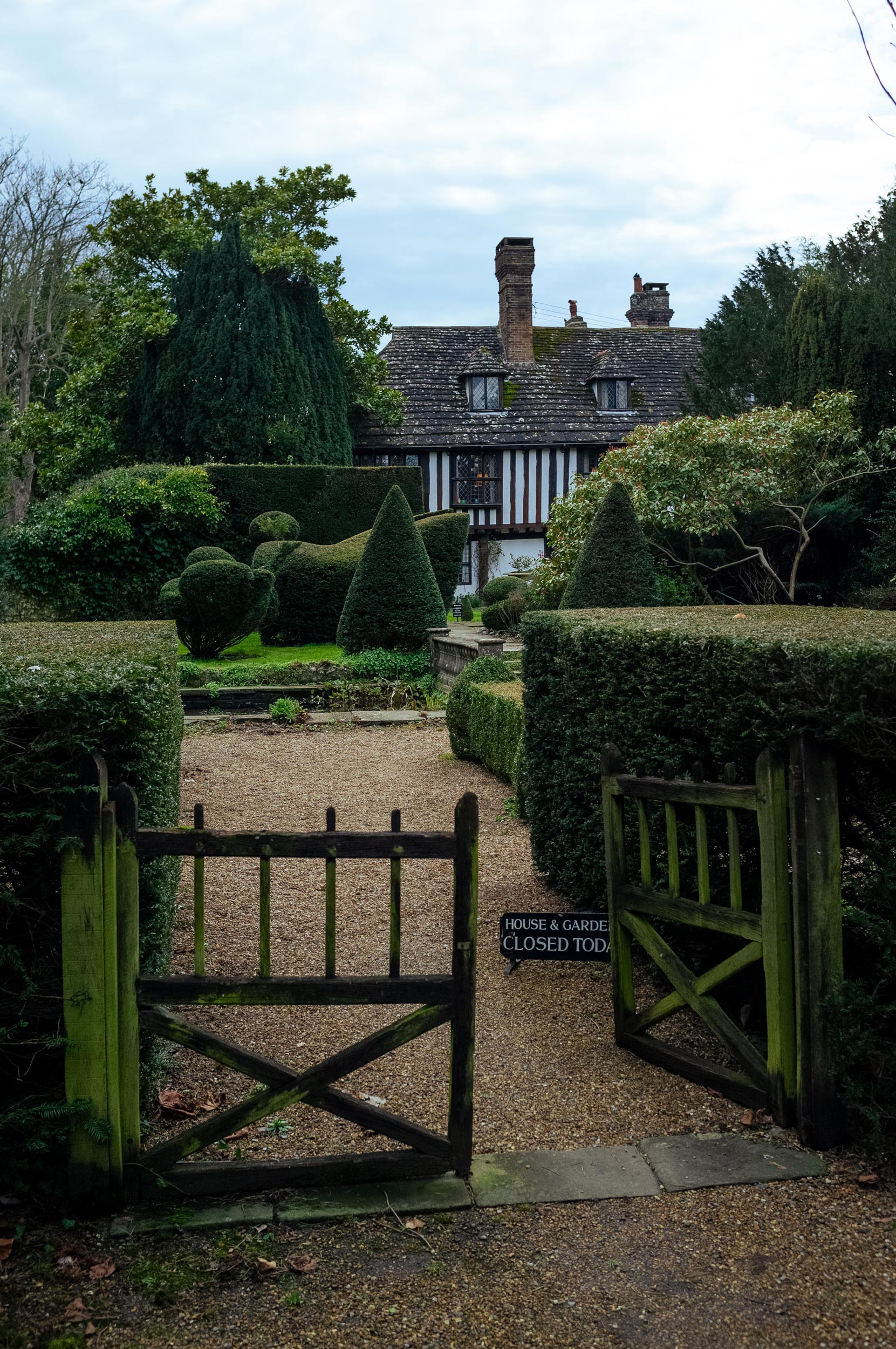
Jakub Golis | Fujifilm X100 | 23mm | f/4.0 | 1/640 | ISO 800
If you want something that takes great photos and doesn’t have every other standard black boxy camera layout, the X100 is what you want. It's a great match for street photography, weddings, weekends away and documenting everyday life. Aside from being a great little camera, the X100 is a reminder of why Fujifilm keeps getting it right.
Looking for other X100 models? Check out our Fujifilm X100-series guide, which includes full reviews of every Fujifilm APS-C compact camera released so far. Or, take a look at our top Fujfilm X100V alternatives.

Used Fujifilm X100, X100S, X100T, X100F, X100V and X100VI
FAQs
What makes the X100 so special?
It’s a compact, stylish camera that takes great photos and feels good to use. The hybrid viewfinder, film simulations, and design all give it character.
Can you film with the Fujifilm X100?
Technically, yes, but it’s not made for serious video.
Is the Fujifilm X100 weather-sealed?
Not fully sealed out of the box. But if you screw on the AR-X100 adapter ring and a PRF-49 protective filter, it gives you decent weather resistance, just like the newer Fujifilm X100V and Fujifilm X100VI.
Read more camera gear guides on the MPB Content Hub.
You can sell or trade your camera gear to MPB. Get a free instant quote, get free insured shipping to MPB and get paid within days.
